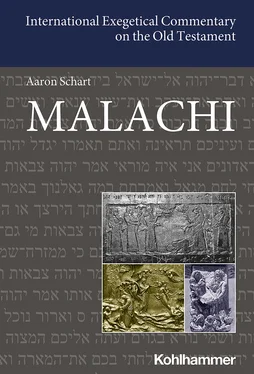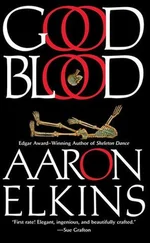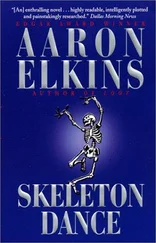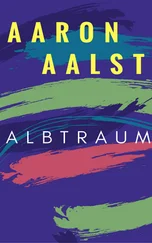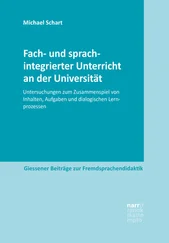Since these terms are used in varying ways within biblical studies, it makes sense to specify how they are understood in this series. Within IECOT we understand “synchronic” to embrace a variety of types of study of a biblical text in one given stage of its development , particularly its final stage(s) of development in existing manuscripts. “Synchronic” studies embrace non-historical narratological, reader-response and other approaches along with historically-informed exegesis of a particular stage of a biblical text. In contrast, we understand “diachronic” to embrace the full variety of modes of study of a biblical text over time.
This diachronic analysis may include use of manuscript evidence (where available) to identify documented pre-stages of a biblical text, judicious use of clues within the biblical text to reconstruct its formation over time, and also an examination of the ways in which a biblical text may be in dialogue with earlier biblical (and non-biblical) motifs, traditions, themes, etc. In other words, diachronic study focuses on what might be termed a “depth dimension” of a given text – how a text (and its parts) has journeyed over time up to its present form, making the text part of a broader history of traditions, motifs and/or prior compositions. Synchronic analysis focuses on a particular moment (or moments) of that journey, with a particular focus on the final, canonized form (or forms) of the text. Together they represent, in our view, complementary ways of building a textual interpretation.
Of course, each biblical book is different, and each author or team of authors has different ideas of how to incorporate these perspectives into the commentary. The authors will present their ideas in the introduction to each volume. In addition, each author or team of authors will highlight specific contemporary methodological and hermeneutical perspectives – e.g. gender-critical, liberation-theological, reception-historical, social-historical – appropriate to their own strengths and to the biblical book being interpreted. The result, we hope and expect, will be a series of volumes that display a range of ways that various methodologies and discourses can be integrated into the interpretation of the diverse books of the Old Testament.
Fall 2012
The Editors
The writing called Malachi has attracted a wealth of commentary. Recent years in particular have seen a number of detailed and superior commentaries: as examples let me mention only those by Arndt Meinhold (2006) and Rainer Kessler (2011). Hence the present commentary is free to present a concentrated portrait without many footnotes. In accordance with the overall concept of this commentary series it first reads the texts “synchronically,” i.e., as a canonically given unit. Next, it devotes itself to a reconstruction of the text’s redaction history (the diachronic step). Finally, it combines these two approaches so as to perceive a final text that is clearly the end-product of a sequence of processes of redaction and so offers the meaning of the text thus developed to present readers as a basis for theological judgments. Since the redactional history of Malachi includes its linkage with the Christian Bible, the commentary will also treat the New Testament reception and interpretation of the text.
I am grateful to my editors, Helmut Utzschneider and Walter Dietrich; the former in particular offered me many concrete and helpful suggestions for shortening the text so that what originally was a significantly longer manuscript could be adapted to the length appropriate to this commentary series. I am grateful also to the publisher, in particular Florian Specker, for support and considerable patience.
Gratitude belongs also to my assistants, Sonja Bader, Nadine Kalweit, and Rene Mayer. I have had many stimulating conversations about Malachi with my father, Dieter Schart. Finally, I thank my wife, who has supported me through the many years in which the commentary has been a major influence on my aspirations and all too often my mood as well.
The book is dedicated to Mr. Professor Dr. Dr. h.c. Jörg Jeremias, for his eightieth birthday.
Mülheim, June 2019
Aaron Schart
Introduction
Malachi in the Canon
The Writing of Malachi in the Christian Canon Christian tradition conceives Malachi as part of the “Old Testament,” that is, the fundamental part of the Bible to which the “New Testament” was added. As a result the “Old Testament” has been perceived within a particular salvation-historical framing: both testaments acknowledge the same God, while the words, destiny, and confession of Jesus of Nazareth as the Christ of Israel and all creation reveal the nature of God in a privileged way. The present commentary will therefore dedicate a separate section to the New Testament reception of the relevant portion of Malachi in each chapter.
Within the Old Testament the Malachi document belongs to the prophetic writings, and in particular it is one of the Twelve. 1It is placed last in this collection, both in the Masoretic text and in the Greek version. 2This commentary will also consider the location of the writing within the Book of the Twelve.
The Text of the Malachi Document
The Original Text While the surviving manuscripts differ among themselves, the various versions were nevertheless regarded as authoritative in different communities at different times. This poses the question: which version of the text should be taken as the basis for the commentary? As far as the Malachi document is concerned, the classic concept of the “original text” may suffice: it means that all surviving textual variants can be traced to a single text type. This original text is the one regarded as canonical in the Protestant tradition, even though the New Testament authors, beginning with Paul (Rom 9:13), preferred to use the Greek translation.
The original text has not survived, but with the exception of only a few passages it can be reconstructed. The starting point for the text-critical task is the so-called Masoretic text type, as attested by the earliest complete surviving manuscript of the Tanakh, Codex Leningradensis from the year 1008 CE. That codex is likewise the basis for the Biblia Hebraica Quinta (ed. Anthony Gelston, 2010). The consonantal text of this type was probably regarded as standard among leading circles of Palestinian Judaism ca. 100 CE. Among the scrolls containing the Twelve Prophets from Cave 4 at Qumran only Scroll 4QXII apreserves some text from the Malachi document, namely, some very fragmentary passages from Mal 2:10–3:24 [2:10–4:6 ET]. 3Those contain only a very few deviations from Codex Leningradensis .
The Septuagint’s Vorlage We can also see from the Septuagint translation of the Book of the Twelve Prophets that its Hebrew Vorlage was largely identical with the Masoretic text type. 4
It is true that Codex Leningradensis contains a few passages in which the original text can no longer be reconstructed; for example, Mal 2:3b and 2:15 are altogether incomprehensible. The Septuagint already presupposed the faulty text, which means that it must have been created inadvertently quite soon after the completion of the Book of the Twelve. The faulty text cannot be corrected because meaningful conjectures have to deviate sharply from the consonantal text as it stands; such a situation makes it difficult to monitor or evaluate the conjectures.
From a Christian point of view the translation of the Malachi document into Greek is very significant since the New Testament authors used Malachi in Greek translation. In fact, the first Christian Bible contained the whole Old Testament in a Greek version. Regrettably, the fragmentary Dodekapropheton scroll from Naḥal Ḥever (8ḤevXII) contains no text from the Malachi document; as a result we have only the so-called Septuagint version at our disposal. It was very probably created by a single translator in the context of a translation of the whole Book of the Twelve. 5
Читать дальше
